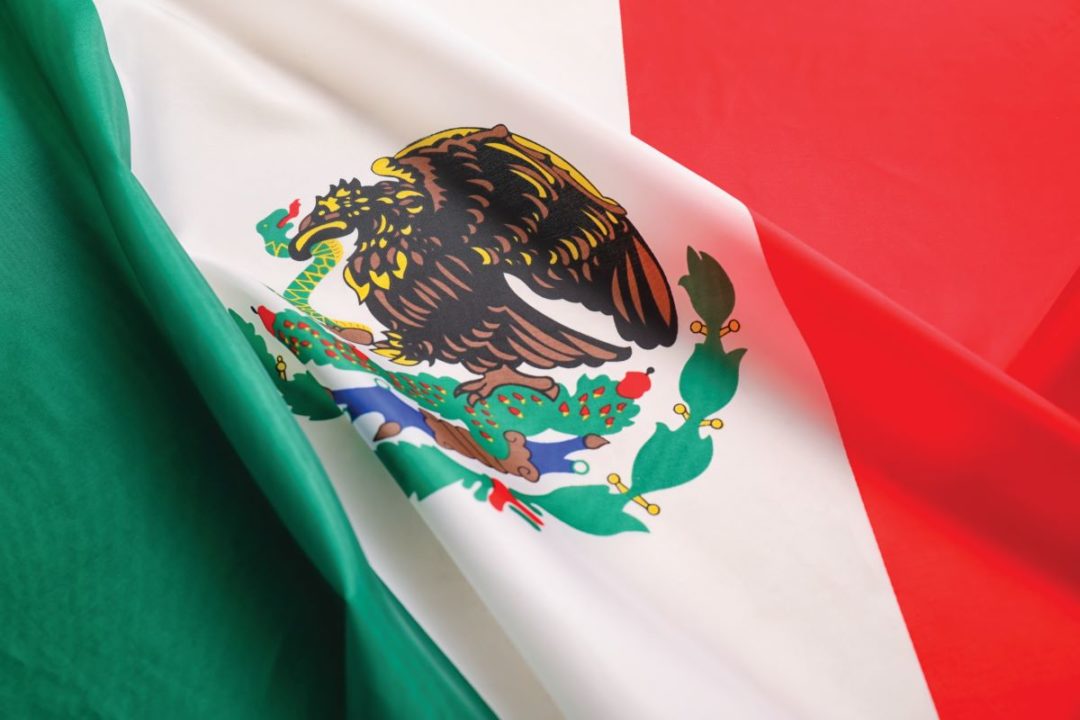
Visit Our Sponsors |
|
|
|
|
|
|
|
|
|
|
|
|
|
|
|
|
|
|
|
|
|
|
|
|
|
|
|
|
|
|
|
|
|
|
|
|
|
|

Mexico has replaced China as America’s biggest global trade partner, and cross-border trade could hit $1 billion by 2028, according to a recent speech by U.S. Rep. Henry Cuellar, D-Texas.
Mexico seems perfectly positioned to be one of the main beneficiaries of the growing trend for companies to make moves to near-shore their production, which nearly tripled in 2023, according to McKinsey's annual survey of supply chain leaders, released August 15.
As companies deal with the “big issue” of the day — lowering the risk of supply chain disruptions by spreading out supply networks so they’re less concentrated in one geographical area, Mexico will become increasingly important. But much has to happen before it can fulfill that potential, says Michael Farlekas, CEO of e2open, the supply chain management data network provider that specializes in cross-border trade.
“Companies are thinking about supply chain continuity much more as a top-line item than a bottom-line item,” says Farlekas. “As products become more sophisticated, they’re realizing their control of supply and raw materials, especially microchips, for example, is less reliable than it was. The world is wising up to getting more in control of raw materials and componentry.”
Farlekas says he believes Mexico will be the beneficiary of this but, at present, operations in Mexico tend to focus on assembly operations, completing the building of appliances and cars, for example, and that needs to change. “It’s a great trading partner, but it’s not where you go for sophisticated technology such as chip design,” Farlekas says.
Farlekas says he doesn’t see any reason why there shouldn’t be more sophisticated, higher-margin manufacturing there. But, to make it work, there needs to be an increased investment in infrastructure and manufacturing in Mexico and the U.S. to accommodate the changes to the supply chain between the two countries.
He points to obvious examples, such as a need for improved road, rail and border-crossing facilities. But he also believes raising the level of education is critical, so that workers can “move up the tech stack,” with capabilities for designing and building technologically advanced products. “Infrastructure is human capital as well as physical things,” he says. “I don’t see investments deep under that to improve it for now. But the economics make it undeniable.”
The cost of transportation from Mexico, and the transportation lead-times are so attractive that growth is inevitable, he says. “I think they will figure out how to move up the value chain. I think it will happen. But it will take some time because of the real challenges you have in Mexico.”
Farlekas says he expects things to change significantly in the next three to five years. The large investments and longer timeframes needed will be justified by the simple fact that Mexico shares a 2,000-mile border with the largest market in the world. “There’s just too much opportunity out there to be ignored.”
He argues that the reason Mexico didn’t rise as a great near-shore market before was that supply chain resiliency just wasn’t top of mind in the last few decades, when landed cost was king. “It’s a board-level issue — how do we make sure we always have stuff on demand? You can’t put all your eggs in one basket.” Initially, that increased resiliency will cost more money, but he anticipates companies will figure out how to reduce that over time. In the meantime, reliability in supply chains will remain a Number One priority, he says. “It’s a top-line item! The world is changing. That is the point.”
RELATED CONTENT
RELATED VIDEOS
Timely, incisive articles delivered directly to your inbox.






